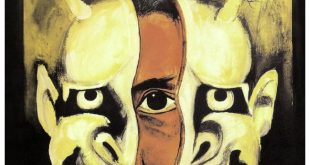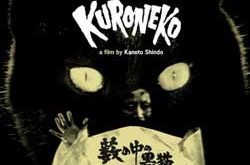
SYNOPSIS:
“Seismologist Hoichi loses touch with his family when he predicts that there will be an earthquake in Tokyo of greater magnitude than the one in 1923, which his father predicted. Because of this he starts seeing another woman who already has a boyfriend. Hoichi’s wife wants to meet her before she will grant a divorce. Eventually, the earthquake he predicted does come, which changes all relationships and exemplifies the character of the Japanese.” (courtesy IMDB)
REVIEW:
This is Tokyo’s greatest fear – the all-shattering earthquake that will send the whole community up in smoke, down in ruins, turning it into the biggest parking lot in the East. In short, welcome to the granddaddy of all quakes. We have enough earthquakes in real life, and they’re happening all the time all over the world, but it doesn’t lessen the grief, the loss of life and the rebuilding, and it’s the poor who get the worst of it. Apart from the movies, we’ve yet to see a quake destroy a modern metropolis, the crowded streets, the highways, byways and subways. When that happens – one day it will – the results will be catastrophic. If villages in, say, southern Italy couldn’t stand a chance against the ravages of nature, how would Tokyo manage, one of the most crowded cities in the world? It couldn’t. We still have no answer for earthquakes. There’s nothing to do in a quake other than, um, quake. Produced under the title Jishin Rettô, Deathquake (1980) also known as Earthquake 7.9 is Tokyo’s nightmare on film and it’s pretty ghastly.
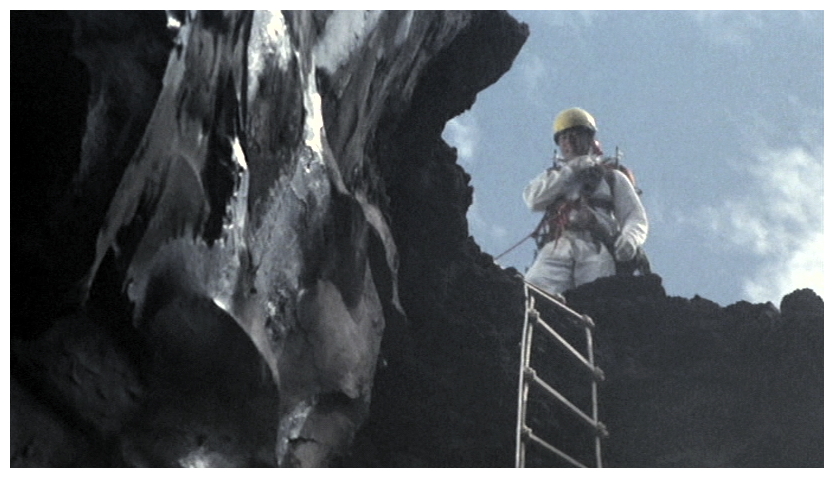
The script was by prolific writer-director Kaneto Shindô, with more than 200 credits before his death in 2012 including The Children Of Hiroshima (1953), The Island (1962) and, perhaps best of all, Onibaba (1964). The drama is on a huge scale written with Western eyes in mind, supplying the all-important women-in-peril following the slow-footed authorities doing little or nothing about the scientifically predicted cataclysm. Director Kenjirô Ohmori, by comparison, is inexperienced but does have the merit of being one of maestro Akira Kurosawa‘s favourite assistant directors. Veteran performers Eiji Okada, Shin Saburi, Hiroshi Katsuno, Toshiyuki Nagashima and Yumi Takigawa act out the drama, both personal and epic but, in the end, it’s the special effects crew who take most of the honours. Led by Teruyoshi Nakano (veteran of more than a dozen Godzilla movies) they built, painted and manipulated the mattes and models, and bring the whole pack o’ cards down in an almighty swirl of savagery for the cameras.
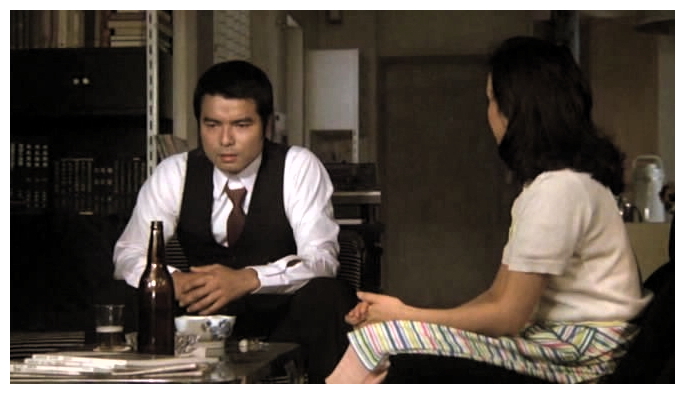
Toho Studios were forced to rethink the title in order to sell their film abroad. The original title Earthquake 7.9 indicated the register on the inevitable Richter scale, but it reads like a movie that was made in 1979. So, in an effort to move away from being thought of as a sequel to the 1974 Hollywood film, renamed it Deathquake for Western audiences and, in some European countries, it became known as Cataclysm Force 7.9 or Megaforce 7.9. Toho may have wanted to earn the odd dollar or two by warning their fellow countrymen with such a tale, but they don’t dare put a date on it. Superstitious perhaps, the quake takes place, shall we say, in the near future. If quakes can’t be stopped, then at least they can be scientifically predicted, or so we are told. There are such groups monitoring the primary and secondary vibrations of the rocks in the earth’s crust but, in this piece of science fiction, they’re dumb enough to disregard all the warning signs. Our hero, Yoichi Kawazu (Hiroshi Katsuno) is a member of such a seismographic group, and notices certain alterations from the norm on the inclination gauge of a deep well.
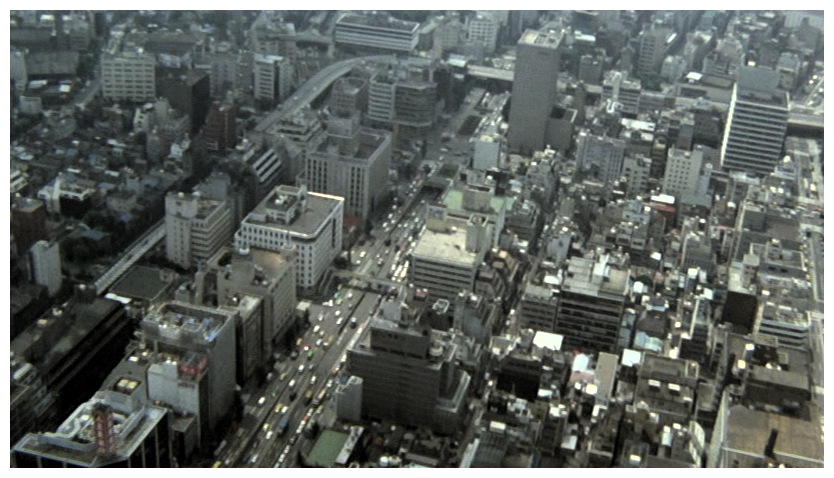
He says it’s all about to happen, doomsday is just around the corner, but the authorities laugh in his face: “Well, he is young, is Yoichi, not yet grey of hair or mind, and it is the elders of Japan who pull the strings. So go home kid, see you next week.” Yoichi’s wife Yuko (Yumi Takigawa) is rather more inclined to believe him. She comes from such stock, the daughter of the geophysicist who predicted Tokyo’s massive 1923 earthquake, but her mother-in-law is not so sure, insisting lightning could hardly strike twice in the same family. Besides, if Yoichi is proven wrong, he would sully her dead husband’s name and make him lose face, historically speaking. Yoichi, who has obviously seen all the right movies, is not to be stopped. He decides to pass his warnings to the very top – he has the Premier’s ear – but all too late. As the old politician admits, even if Yoichi’s right, there’s no time. Politicians can always plan their next election campaign, but emergencies? They require committees, and committees take time to be formed, let alone meet, etc.
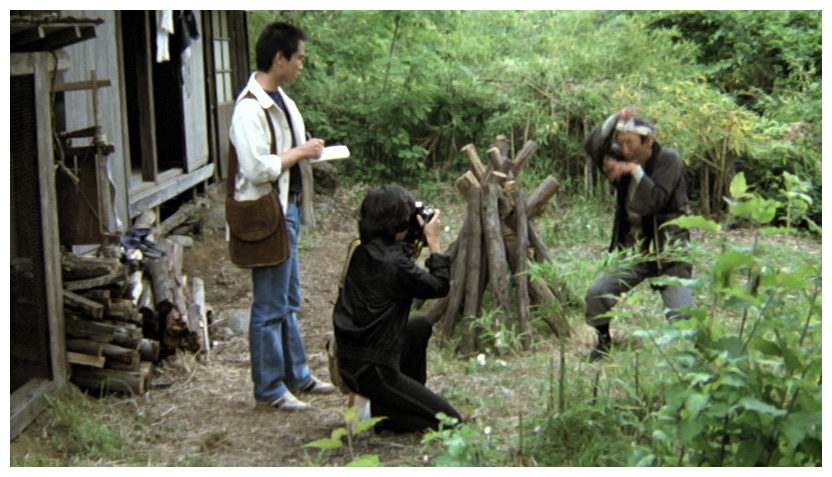
Of course, writer Shindô has to give us the subplot of banality – boy meets girl, loses girl, meets another girl, nearly loses girl, boy meets both girls, and it becomes the Woman-In-Peril syndrome. Yuko, the wife, drops hubby and wants a quick divorce on mum’s orders, since he took no notice of her and went to the Premier. This is good news for our hero’s assistant Tomiko (Toshiyuki Nagashima), the light in her eyes proving not to be the rising sun, but love. This is bad news for her current boyfriend, a hotshot journalist (Kayo Matsuo). So now we have been introduced to four young people to fret about what’s coming and, as by now we’re well into the first fate-filled hour, we know doomsday can’t be far away. It isn’t. But how do we get our quartet together? Shindô has thought of everything. Before divorcing hubby, the wife wants to meet his new girl to make sure he’ll be well looked after, have his meals hot and socks clean in the future, I suppose.
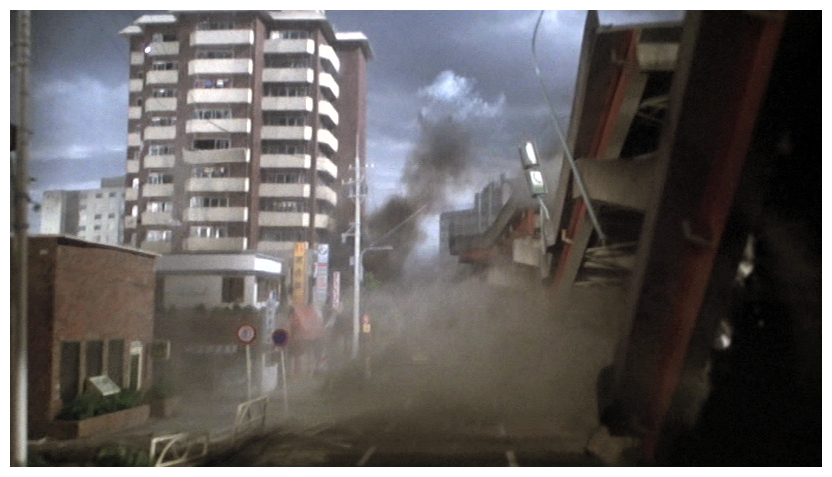
So we have Yuko and Yoichi en route to Tomiko’s apartment by train, and our journalist rushing by car to the same apartment to talk Tomiko out of dropping him. Soap Opera Central. These journeys are being made around 3.30pm on the 15th of May, which is when the Richter scale hits 7.9 and the metropolis falls apart at the seams. The earth coughs, vibrates, trembles and quakes, buildings topple, bridges twist and shake and give way, factories explode, Tokyo erupts, apocalypse is now. The end of the world is no longer nigh, it’s happening now! Millions of people are crushed, burnt, trapped, suffocated, electrocuted, dismembered and just plain killed (the VHS release was listed amongst the infamous Video Nasties in some countries). Yoichi and Yuko are snared in the subway filling fast with water from a plumber’s nightmare of burst pipes, mains, rivers and dams. Yoichi saves Yuko and others, but he can’t save himself. The journalist saves Tomiko and the rain stops the fires, but nothing can save Tokyo, now flat as a pancake on its Honshu island, devastated.
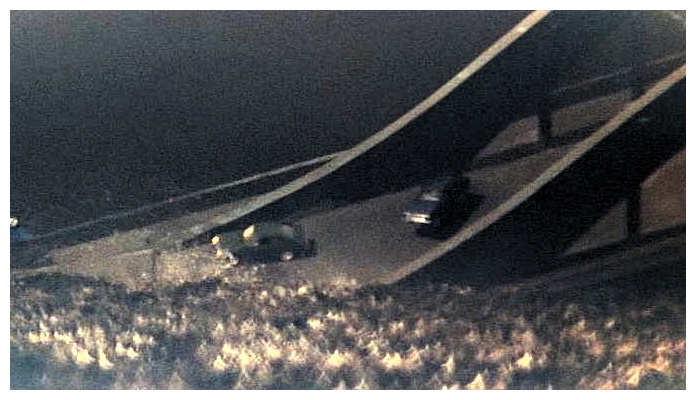
As dawn rises on the 16th of May cameras penetrate the smoke and haze on the vast scorched ground that was once one of the world’s largest cities, its godforsaken appearance a combination of the devastation of both Nagasaki and Hiroshima. I freely admit I may have some of the names muddled for our heroines. It might be Yumi Takigawa who plays Yuko and Toshiyuki Nagashima as Tomiko but, lacking any proper character listing, instinct makes me think otherwise. Either way, Toshiyuki Nagashima has sort-of been here before – she popped up amongst the survivors of Earth itself in Virus (1980) also known as Day Of Resurrection, but that’s another story for another time. I look forward to enjoying your company next week when I have another opportunity to raise the hackles on your goosebumps with more ambient atmosphere so thick you could cut it with a chainsaw, in more pants-filling fright-nights for…Horror News! Toodles!

Deathquake (1980)
 Horror News | HNN Official Site | Horror Movies,Trailers, Reviews
Horror News | HNN Official Site | Horror Movies,Trailers, Reviews
